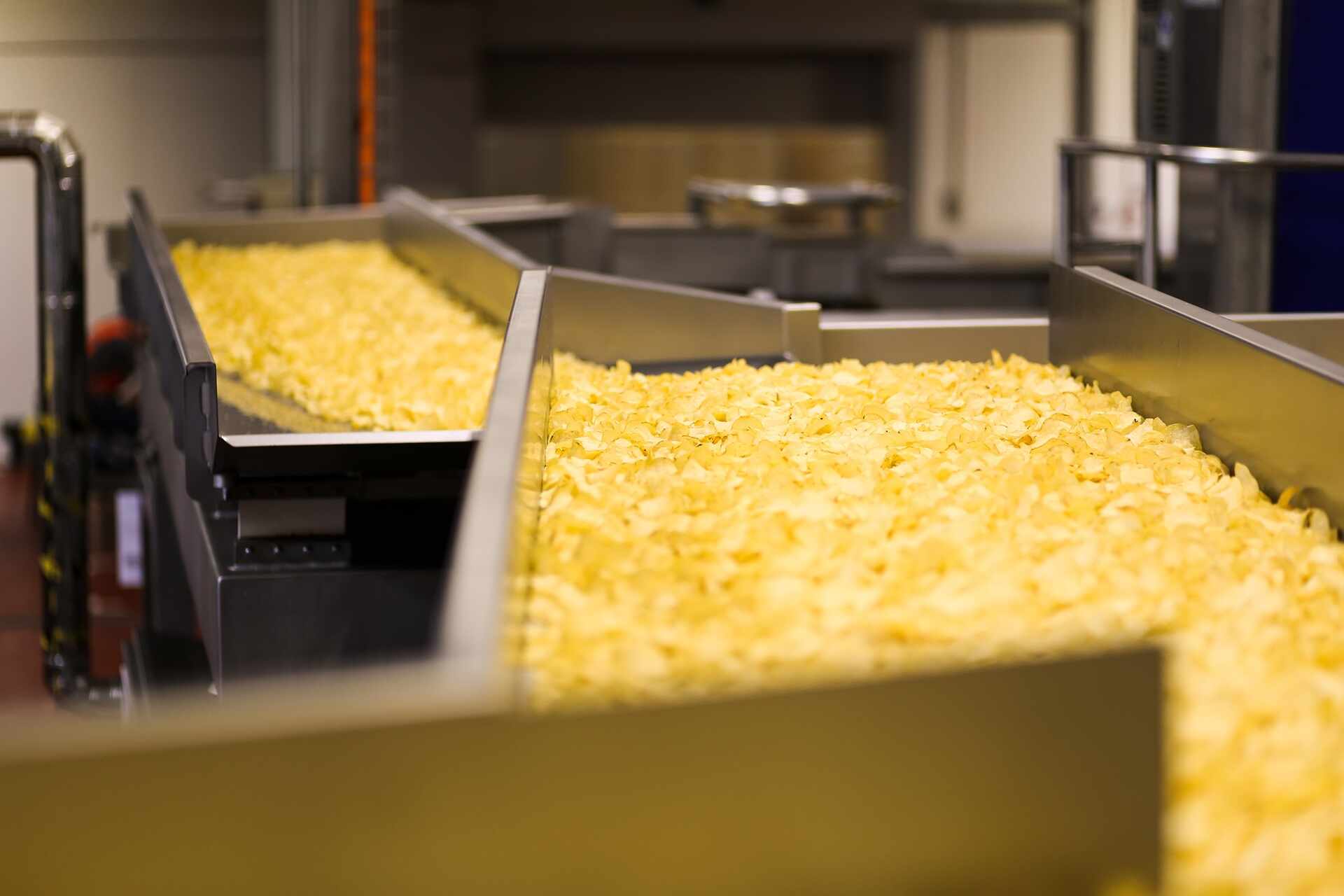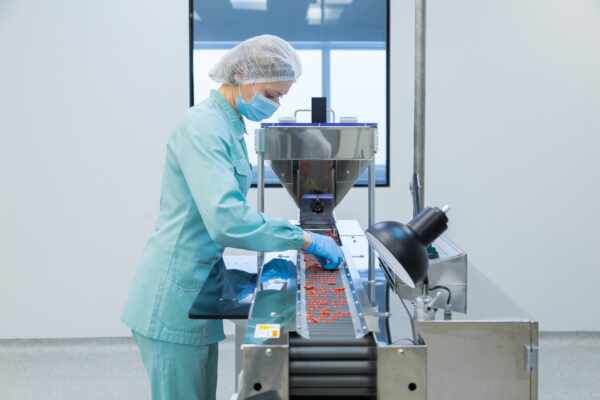In the bustling world of food manufacturing, every piece of equipment plays a crucial role in the process, with one piece often overlooked being the unsung hero of the production line—the conveyor belt.
These humble devices, tirelessly chugging away, are pivotal in the seamless operation of food production. They ensure that each and every edible treat gets from one stage of the process to the next, with minimal fuss and maximum efficiency.
Let’s delve into the important role of conveyor belts in food manufacturing, and discuss some key considerations that need to be taken into account when choosing and using them!
Choosing the Right Type of Conveyor Belt
The variety of conveyor belts available on the market can be overwhelming, particularly when it comes to selecting one for food manufacturing applications. It’s crucial to choose a belt that aligns with your facility’s specific requirements and adheres to relevant hygiene and safety standards. Here are some vital aspects to consider:
1. Material: Conveyor belt materials should be compliant with food contact regulations, such as those established by the FDA or the EU. Common materials used in food manufacturing include PVC, polyurethane (PU), and silicone, but the ideal choice will depend on your particular application and the products being handled.
2. Textured or Smooth Surface: Depending on your facility’s needs, you may require a belt with a textured surface for improved grip or a smooth surface for easy cleaning and sanitation.
3. Load Capacity and Operating Temperature: Consider the weight of the products being transported and the conveyor belt’s required operating temperature, particularly for applications involving hot or cold food items.
4. Resistance to Chemicals and Abrasives: Ensure the conveyor belt you select can withstand the specific chemicals used in your facility, as well as the wear and tear associated with the transportation of abrasive food products.
Compliance with Industry Regulations
Ensuring that your conveyor belt system complies with industry regulations is crucial when it comes to food manufacturing. Some of the essential areas to consider include:
1. Hygiene and Safety Standards: Monitor compliance with hygiene and safety codes, such as HACCP and ISO food safety management systems, and the relevant governmental regulations for food contact materials.
2. Design Standards: Ensure that the conveyor belt system adheres to industry-specific design standards that promote hygiene and safety, including the use of high-quality materials and components that facilitate ease of cleaning, maintenance, and accessibility.
3. Regular Audits and Assessments: Conduct regular audits and assessments of your conveyor belt system to identify and address potential compliance risks, maintain quality control, and ensure ongoing adherence to industry standards and best practices.
Effective Maintenance and Sanitation Practices
Implementing a comprehensive maintenance and sanitation program is vital to maintaining the hygiene, safety, and overall performance of your conveyor belt system in a food manufacturing environment. Here are some essential practices to adopt:
1. Daily Cleaning: Establish a routine for daily cleaning and disinfecting of the conveyor belt, incorporating the appropriate cleaning agents and methods to remove food residues, minimise bacterial growth, and prevent cross-contamination.
2. Preventative Maintenance: Develop a preventative maintenance schedule that outlines the ongoing inspection, repair, and replacement needs of the conveyor belt system to ensure its optimal performance and minimal downtime.
3. Regular Component Checks: Conduct regular inspections and checks on the conveyor belt’s components, such as rollers, bearings, and motors, to identify and address any issues that could impact the system’s performance, safety, or hygiene.
4. Staff Training: Provide ongoing staff training in best practices for conveyor belt maintenance, cleaning, and sanitation to ensure that all personnel are aware of their responsibilities and their role in maintaining system hygiene and safety.
Managing Contamination Risks
When working with conveyor belt systems in food manufacturing, identifying and managing potential contamination risks is crucial. Some key strategies for minimising contamination risks include:
1. Segregation of Raw and Finished Products: Ensure that raw and finished products are kept separate throughout the manufacturing process, using designated conveyor belts to prevent cross-contamination.
2. Zoning and Encapsulation: Utilise zoning and encapsulation techniques to prevent contamination from airborne particles, dust, and other environmental factors.
3. Equipment Design: Opt for conveyor belt system designs that minimise the risk of contamination, such as those with easy-to-clean surfaces, minimal crevices, and components that facilitate regular cleaning and inspection.
4. Regular Food Safety Assessments: Conduct regular food safety assessments to identify contamination risks along the food manufacturing process, implementing corrective actions where necessary to protect the integrity of your products.
How Conveyor Belts Streamline Food Manufacturing Processes
As technology continues to advance, we can expect even more improvements in the design and functionality of conveyor belts, making them an even more integral part of food manufacturing in the future.
Are you ready to enhance the efficiency, safety, and compliance of your facility’s conveyor belt systems for food manufacturing? Our team of experts at Change Parts Pty Ltd is here to help. Contact us today to explore tailored solutions that address the unique challenges of your industry and contribute positively to the safety and quality of your food products.




